
I do hope everyone had a happy Easter and there were no illnesses because of too much chocolate. I’ve decided to do a series on historic homes here in Rutherford County.
Let’s start out with a home that actually played a role in the Battle of New Orleans and the War of 1812.
The home I’m referring to is Springfield, built sometime around 1809 and located out Manson Pike, near the Springfield Apartments.
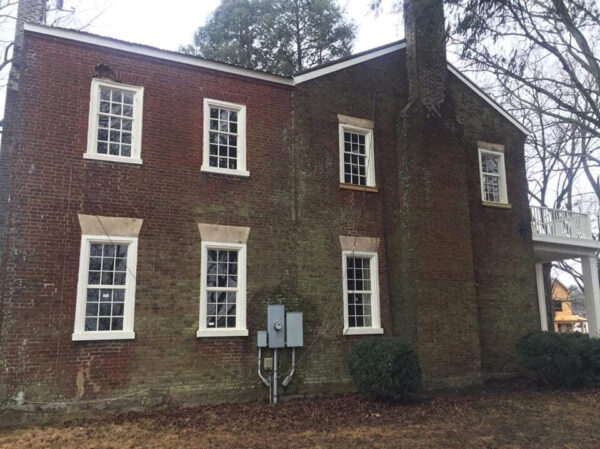
I’m very grateful that the apartment developers saw fit not to tear the home down. Did you know that two of Andrew Jackson’s soldiers on the way to the Battle of New Orleans stayed there? One winter, the two brothers Fontaine Posey Crockett and Overton Washington Crockett came to seek the hospitality of General John Smith. They had come from Frankfurt, Kentucky, to join General Jackson’s troops near the Harpeth River, where they would proceed on to New Orleans. After supper, Overton found a chair near the general’s 14-year-old daughter, Evalina Augusta, and romance began to sprout. Of course, Evalina’s younger sister, Julia Granville Smith, was not interested in talks of war or of the soldiers.

After the Battle of New Orleans, the brothers were making their way back home to Kentucky. They stopped again to visit the Smith family at Springfield. Meeting the sisters left an impression on the Crockett brothers. In the spring of the year, they returned to Middle Tennessee, not to visit but to live.
The romance between Overton Crockett and Evalina Smith that began from their first meeting really took off, and they were married on Nov. 25, 1815. This was the first wedding to take place at General Smith’s Springfield home. Folks came from miles around to attend. What’s even crazier, five years later, on Dec. 7, 1820, Fontaine Crockett and Julia Smith were married at the same spot; they went on to have six children. However, Julia died at a young age and her husband Fontaine died in 1837.
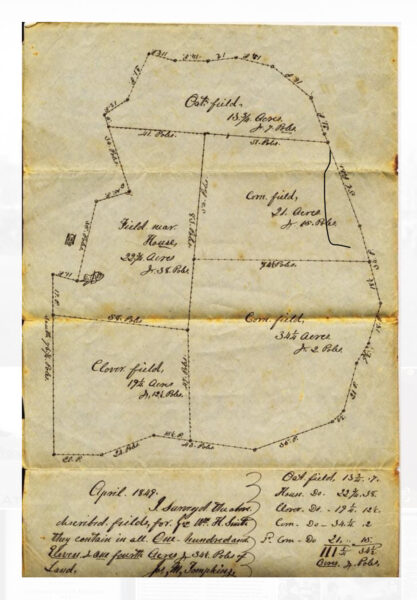
Now, the story doesn’t end there. America Carter Smith, another sister of Evalina and the late Julia, had married her cousin, William Hunter Smith. William was one of the wealthiest men in Rutherford County and he and America were childless, so they took into their home the children of Julia and Fontaine Crockett, raising them as their own. In fact, Sarah Catherine Kitty was her uncle’s favorite when she finally chose to marry Francis Whiting Washington, a fourth cousin of George Washington. William Hunter wrote a letter to her, along the lines of “don’t marry that man,” but in the end, they did marry, at Springfield, where her parents were married.
William Hunter Smith gave Kitty and Francis the mansion Springfield, along with the land surrounding it, as a wedding gift.
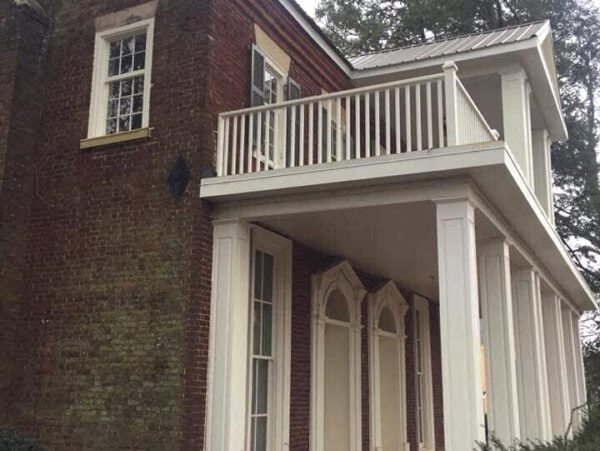
In 1857 Francis Washington had the place remodeled, adding the portico and tall colonial columns and lengthening the windows to the floors.
During the Civil War, Springfield stood in the path of the advancing Confederates as they staged their early morning assault on the Union in the Battle of Stones River. However, the structure was far enough outside of the main battlefield to escape any serious damage. It is said, however, that federal officers were once quartered in the west side of the house, while on the east side was a carefully concealed wounded Confederate soldier, unbeknownst to each other.
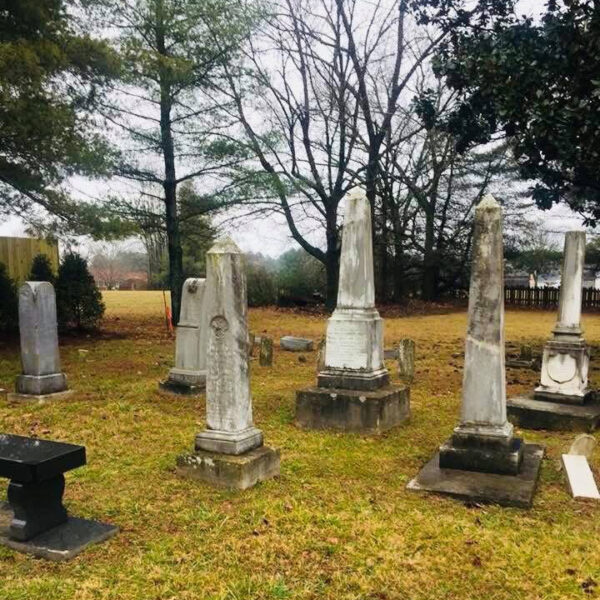
Most of the folks mentioned above are buried in the family cemetery near Manson Pike and the Springfield mansion.
By 1942 the historic home of Springfield was decaying and in need of repairs. It was purchased in 1950 by Mr. and Mrs. Percy H. Jarrett, himself a direct descendant of General John Smith. The Jarretts began the process of reclaiming and maintaining the home.

Lou Jennings then bought the home in 1972 and the Jennings family lived there until 2016, when some folks from Alabama bought the property and built the Springfield Apartments.
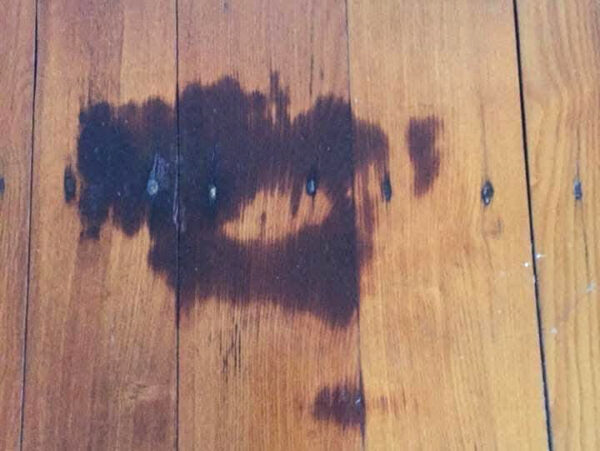
When the Springfield Apartments were being built, I got to go visit and take a tour of the home. I’ve shared some of the photos that I took while I was there, including a blood stain on the floor dating back to the days of the Battle of Stones River.
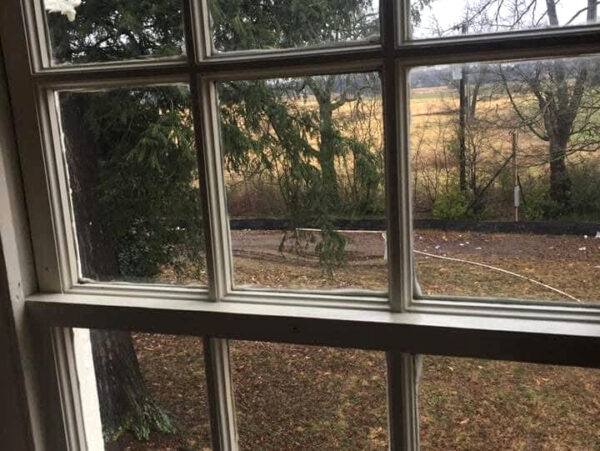
I’ve also heard there have been sightings of, and sounds emanating from, some of the folks who lived there in the past . . . perhaps some of the folks I mentioned above. You’ll have to ask Lyle Jennings.
As you can see, I’m so glad this part of Murfreesboro’s history survives. It’s very interesting to me how two brothers married two sisters after fighting at the Battle of New Orleans.
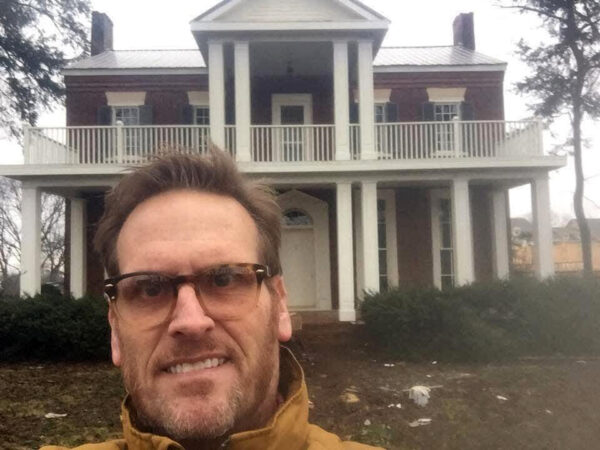
Find Mr. Murfreesboro on Facebook to see a video I did of Springfield in 2018.
Next month, we will take a look at another historic home in the Blackman area. Now, as I always say in closing, go out and do something nice for somebody. God bless.













